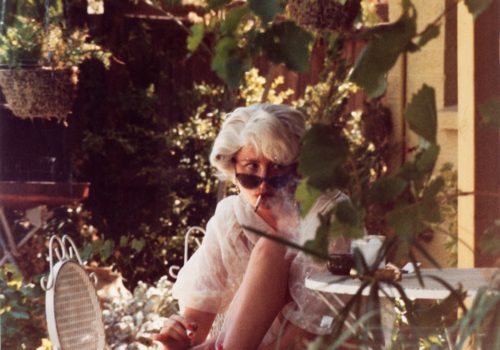There is something modern and at the same time traditional about the newly opened International Center of Photography and its premiere exhibition. This is due as much to the architecture as to the works on display. By focusing on the evolution of the image in a world dominated by mass production of images, their virtual circulation and its ramifications, and related and derivative phenomena, the institution reopens with a provocation directed, among others, at new commercial actors in what has become photography 2.0, as well as lays groundwork for artistic and critical observation. The very structure of the new ICP, located at 250 Bowery in Manhattan, is subversive: glass-fronted public space is like an antique atrium visible and accessible from the street. It is designed to foster cross-pollination among artists, photographers, journalists, thinkers, and all those committed to intergenerational transmission of photographic knowledge. This public area is outfitted with a coffee shop and a bookstore. This age-old idea of generating intellectual stimulation through physical, rather than virtual, interaction creates a sense of the modern, if not revolutionary.
“Smartphone addresses boredom rather than provoking reflection,” said Fred Ritchin, the dean of the ICP School, image specialist, and author of several books on the evolution of visual practices. Despite its terseness, this statement invites in-depth study of our current behaviors and their effects. It raises the issues of exhibition and our use of images in general. Questioning is the mot d’ordre at an institution undergoing a radical transformation, from relocation and restructuring to change in leadership. “With this new location, we are raising anew the same questions as those the founders of the ICP grappled with in 1974,” explained Charlotte Cotton, the first Curator in Residence and organizer of the exhibition Public, Private, Secret. “We are witnessing a turning point in the evolution of visual culture which is in the midst of a technological revolution. How do we respond? Our new space, nicknamed ‘250 Bowery’, will provide a platform for critical discussions and for examining how images impact social change.”
“Going down to the Bowery…that’s a good move,” art collector and long-time ICP supporter Artur Walther told the Wall Street Journal in April. By migrating south, towards the historic center of artistic creation in New York, to a well-connected and intimate location, the ICP moved closer to its target public, specifically younger audiences. This is true despite gentrification, which has displaced the artistic epicenter to the east, to Brooklyn. “It’s not a question of a major institution settling down in the neighborhood, but of the arrival of a new partner in the cultural life of the community,” said Charlotte Cotton. “Our awareness of this fact translates into the design of the new space and the invitation extended by ICP.”
















